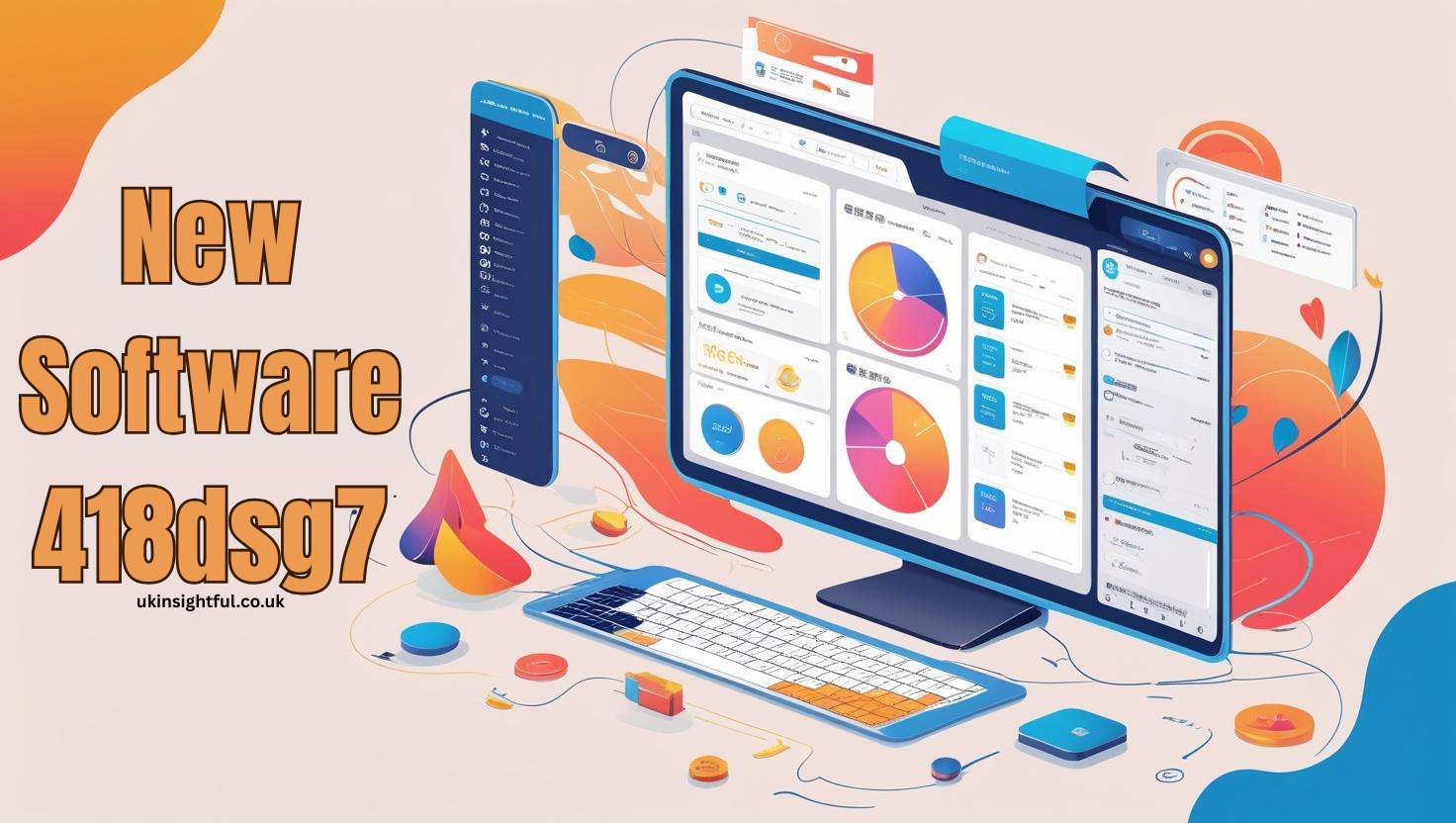
Discover the meaning and application of Software 6-95fxud8 Codes. Learn how they’re used in development, activation, and troubleshooting. SEO-optimized and beginner-friendly.
Introduction
In the ever-evolving world of technology, the term “Software 6-95fxud8 codes” has recently sparked interest among developers, IT professionals, and curious users alike. But what does it actually mean? At a glance, it may look like a random alphanumeric string, but it holds significance in software systems, particularly in activation, troubleshooting, and development environments.
Software 6-95fxud8 codes refer to unique alphanumeric identifiers often used for software activation, configuration, or error tracking. These codes help developers manage licensing, debugging, and software versioning efficiently.
In this article, we will explore the concept of software 6-95fxud8 codes in detail—what they are, how they’re used, where you might encounter them, and how they play a critical role in software development and IT management. Whether you’re a beginner or an experienced coder, this guide will walk you through everything you need to know.
What Are Software 6-95fxud8 Codes?
Software 6-95fxud8 codes are not a specific standard but a placeholder name representing unique codes often found in software systems. These codes are typically used for licensing, version control, error diagnosis, and data encryption. Developers use such codes to ensure software integrity, track bugs, or control software access.
These types of codes often appear in places like activation prompts, error logs, and configuration files. Each part of the code may represent different parameters like version, region, or type of license. Their alphanumeric nature ensures they are both human-readable and machine-processable.
Why Are These Codes Important?
Software 6-95fxud8 codes serve several important functions. First, they help identify specific software builds or configurations, which is essential in debugging and maintenance. Second, they often act as keys to unlock certain features in paid or premium versions of software. Lastly, they assist with data security, ensuring only authorized users can access sensitive features.
In enterprise environments, managing such codes efficiently can make or break software deployment strategies. With proper code management, IT teams can track issues, deploy updates, and secure systems seamlessly.
Real-World Use Cases
1. License Activation
You’ve likely seen license keys when installing software. These often resemble strings like “6-95fxud8” and ensure that the software is being used legally. When entered, the software verifies this code with a central server to grant access.
2. Error Debugging
Developers often embed code strings to identify where a crash or bug originated. For instance, an error log may contain “Error Code 6-95fxud8”, directing developers to a specific function or method.
3. Configuration Management
In DevOps pipelines, configuration files may use coded values for environment-specific settings. This allows scalable deployment while maintaining control over environment variables.

How to Generate Software Codes Like 6-95fxud8
Generating software codes like 6-95fxud8 involves creating unique, randomized, and sometimes encrypted identifiers. This can be done using:
- Programming languages (Python, Java)
- UUID generators
- Custom hashing algorithms
Example in Python:
import uuid
print(str(uuid.uuid4())[:8])This simple script generates an 8-character code similar to “6-95fxud8”.
Security Considerations
Security is a major concern when using software codes. Improper use of hard-coded values or publicly exposed codes can result in data breaches, license theft, or software manipulation. Best practices include:
- Never hardcode sensitive keys
- Use encrypted storage
- Rotate keys regularly
- Implement secure license validation
Best Practices for Managing These Codes
Managing software codes effectively involves organization, documentation, and automation. Tools like GitHub, Jenkins, and Ansible help manage versions and deployment configurations. Keeping a log of issued and used codes, especially for licenses, is crucial in enterprise settings.
Recommended Tools:
- GitLab CI/CD for automated testing
- HashiCorp Vault for secure key storage
- ELK Stack for error log analysis
Common Pitfalls and How to Avoid Them
One common mistake is assuming these codes are meaningless or disposable. Treat every code as part of your system’s DNA. Avoid using duplicate or poorly generated codes, and never expose sensitive ones in public repositories.
To mitigate risks:
- Always use version control
- Regularly audit your keys and codes
- Document all usage with clear naming conventions
Comparison with Traditional Software Keys
| Feature | Software 6-95fxud8 Codes | Traditional Product Keys |
|---|---|---|
| Format | Alphanumeric, short | Long, segmented |
| Use | Dev, Debug, Config | License activation |
| Security | Moderate to High | Varies widely |
| Flexibility | High | Low to Medium |
Conclusion
Software 6-95fxud8 codes may seem cryptic at first, but they play a vital role in ensuring software security, functionality, and scalability. From licensing and configuration to debugging and deployment, these codes are indispensable in modern development environments. By understanding and properly managing them, developers and IT professionals can significantly streamline operations and reduce risks.
Want to create your own secure software codes or automate deployment pipelines? Start exploring tools like UUID generators and Vault today, and consider integrating secure code practices into your workflow.
FAQs
1. What is a software 6-95fxud8 code used for?
It is typically used as an identifier for licensing, debugging, or configuration in software development environments.
2. Is the 6-95fxud8 code format standard?
No, it’s a placeholder example, but similar formats are commonly used in real-world applications.
3. Can I create my own software codes?
Yes. Using UUID generators or scripting tools, you can create unique codes for your software projects.
4. Are these codes secure for authentication?
They can be, if properly encrypted and stored securely using tools like HashiCorp Vault.
5. What happens if a code is leaked?
It may lead to unauthorized access or software misuse. Always treat your codes as sensitive data.
Read Also: Mary Berry Parsnip Soup Recipe Creamy, Comforting & Easy to Make







